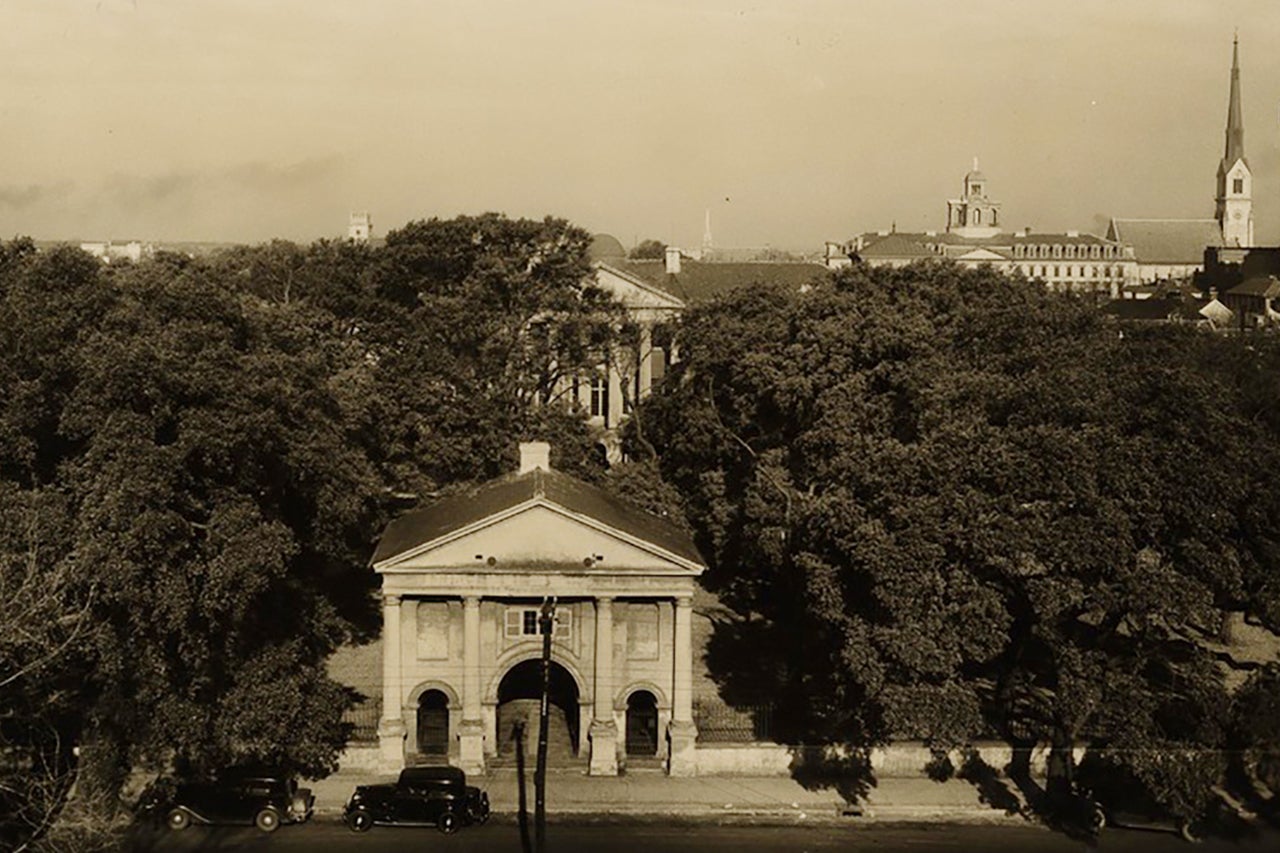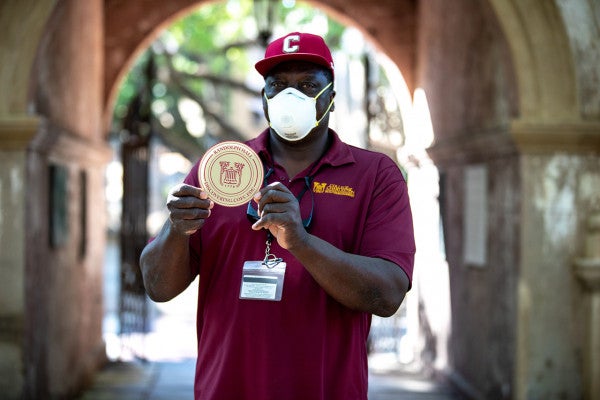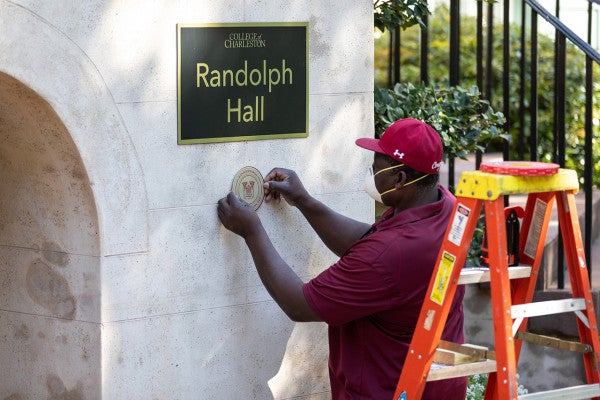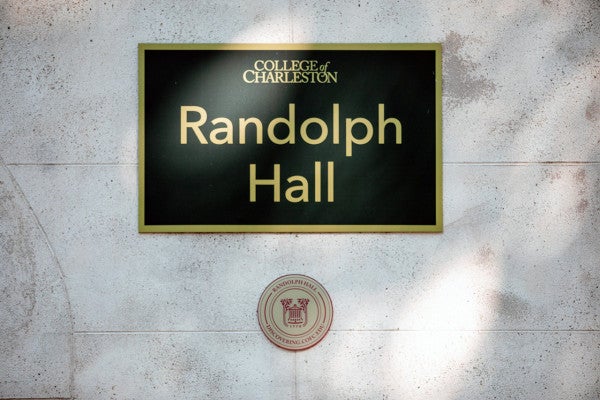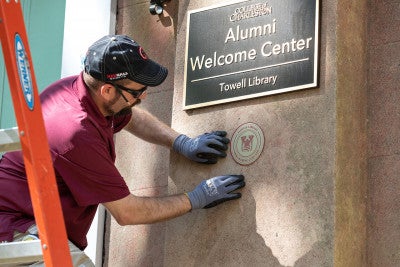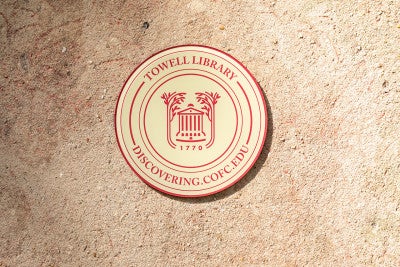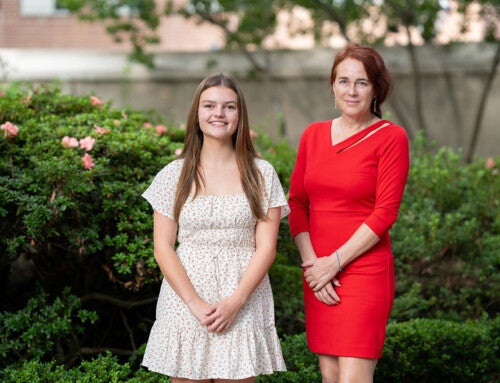The College of Charleston has launched a new website that seeks to tell a fuller story of the university’s long and complex history.
Developed as part of the celebration of the 250th anniversary of the College’s founding in 1770, the website project, Discovering Our Past, was conceived and created by the anniversary’s Historical Documentation Committee.
The website, which also includes a mobile app for Apple and Android smartphones, is presented as a series of multimedia essays that can be accessed individually or as part of a self-guided tour of 13 campus locations. Each essay is accompanied by historical images, drawings, documents and maps as well as contemporary photos.
While public access to campus remains extremely limited due to the COVID-19 pandemic, the College is launching the virtual component of this project now in order to make these online resources available to the campus community and the general public at a time when many are working, teaching and learning from home.
The first tour celebrates the 250th anniversary and includes essays on iconic locations such as Randolph Hall, Cistern Yard and Porter’s Lodge, but it also features historic houses whose pasts are not as well-known, including structures on Green Way, College Way and St. Philip Street.
Above: Facilities Management Carpentry Shop Supervisor Sam Holmes installs the 250th anniversary medallion for Randolph Hall as part of the Discovering Our Past project and website. Below: Erik Borglund, from the Carpentry Shop, places the 250th medallion on Towell Library. (photos by Heather Moran)
Each of the buildings researched for this project has been marked with a special medallion that features the building’s name or address, the College logo and the project web site address.
The committee partnered with faculty, administrators, staff and students from a variety of areas to conduct and vet the research for the essays and photo captions. The committee also worked with several community and institutional partners to locate historic documents, confirm research findings and obtain photo use permissions.
The members of the Historical Documentation Committee are English professor Julia Eichelberger, Addlestone Library Scholar in Residence Harlan Greene and Vice President of Communications Ron Menchaca. The committee’s research assistants are graduate history student Grayson Harris, senior English major Keyasia Pride, senior political science and history double major Erik Cronell and Charleston researcher Sarah Fick.
Research on the project is continuing, and the committee intends for additional tours to be added in the months and years ahead, including a tour devoted to African American history at the College, says Eichelberger.
“We chose an online publication because that allows us to share up-to-date information and new stories,” says Eichelberger. “This is an ongoing project. Students and faculty will continue researching CofC’s past, and this website will publish their discoveries.”
Several of the essays include details about the College and its people that have been historically under-recognized, misunderstood or ignored, says Greene.
“This has afforded us an excellent opportunity to not just add the stories of those left out, but to verify, as an academic institution should, the veracity of versions of the past that have come down to us,” says Greene. “Our students will now have the chance to discover historical facts and correct inaccuracies as they add to the project.”

The Charleston earthquake of 1886 significantly damaged both the east and west wings of Randolph Hall. This photograph was taken after the damaged wings were torn down. They were rebuilt between 1888 and 1894 under the direction of Gabriel Manigault, a professor, amateur architect and curator of the College’s natural history museum. (Photo courtesy of College of Charleston Libraries, Special Collections)
Some of the new or newly discovered facts about the College include:
-

The initials of A.O. Jones appear in a stylized monogram etched in the glass above the number 14. (Photo courtesy of the College of Charleston)
The President’s House, located at 6 Glebe St., is the College’s oldest building, and it has long been believed that it was built in or around 1770. In fact, new research on the property as part of this project indicates that construction had yet to begin by May of 1774 and likely was not yet finished by 1778.
- Most published accounts on the history of 14 Green Way, which houses the College’s Center for Sustainable Development, do not record Albert Osceola Jones as the person for whom the structure was built in 1872. In fact, all other sources suggest, erroneously, that the house was built before the Civil War. A free person of color listed as “mulatto” in the 1860 census, Jones served as clerk of the South Carolina House of Representatives from 1868-1876. Jones’ initials and the number 14 are etched into the glass of the house’s front door.
- Research of College records and other historical documents by Barry Stiefel, associate professor of Historic Preservation and Community Planning, indicate that manual and skilled enslaved laborers worked on the original construction of Randolph Hall under contractor and slave owner William Bell. They also worked on subsequent renovations and repairs. Four enslaved people have been identified in association with the original construction of Randolph Hall. Their names were Tom, Mudrey, Cuffy and Peggy.
-

Using an array of geographic data and historical documents, College of Charleston student Alexandra Heath rendered this 3D model of the barracks.
Demolished in the 1820s, no image of the military barracks the College used as its first academic building was thought to exist. But a chance discovery led to a drawing in the Library of Congress created by an 1814 visitor to the city. The John Rubens Smith sketch was shared with Grant Gilmore, associate professor and Addlestone Chair in Historic Preservation at the College. Using old descriptions, plats supplied by researcher Sarah Fick, along with mapping and other software, Gilmore determined the drawing’s authenticity. With assistance from CofC graduate student Alexandra Heath in the Community Planning, Policy and Design program, the College now has an 3-D image of the barracks published on the new website.
- The College’s first president, Bishop Robert Smith, was not just a clergyman, but a plantation owner whose wealth came from the labor of hundreds of enslaved people. Documents reveal that he owned more than 200 human beings at his death in 1801. With this slave-based income, Smith was in the position to advance the struggling College funds to repair the barracks for classrooms. Records also reveal that enslaved people owned by Smith worked on related College projects, for which he billed the institution.
-

This engraving of the early College, from an 1861 book titled Our Whole Country, or The Past and Present of the United States, is believed to be one of the earliest known images of Randolph Hall with its portico and columns. (Photo courtesy of College of Charleston Libraries, Special Collections)
The earliest known image of Randolph Hall with its portico and of Towell Library has been added to Addlestone Library’s collections and is published on the new website. The image dates from the early 1860s, less than a decade after Towell Library (as it is called today) was built.
- The location of the first women’s lounge in Randolph Hall has been located. It was located on the third floor – at what was then the western end of the building, before the last wing was added in 1930. While it does not serve the same function today and may seem an odd site to note, the lack of a ladies’s lounge was one reason given why the College could not admit women. Its installation allowed 13 women to enroll at the College in 1918.
Featured image: Circa 1930s view of Porter’s Lodge. In the background is Randolph Hall, and in the upper right corner, the Charleston Orphan House (demolished in 1953 by Sears, Roebuck Co.). The College provided scholarships for a few boys from the Orphan House. Photo courtesy of College of Charleston Libraries, Special Collections.

